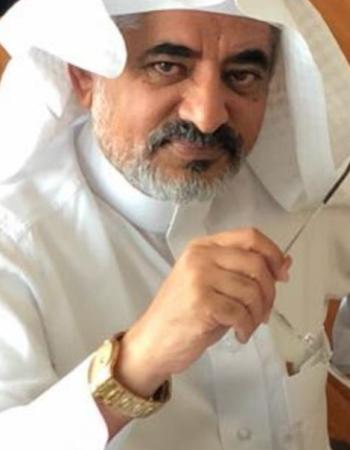PVP influence on MneCdS for efficient photocatalytic activity
dyes, heavy metals, acids from industries mixed in wastewater is deteriorating the environment. To get
rid of these poisonous materials and to recycle wastewater for domestic purposes, there are many steps
which included photocatalytic dye degradation. PVP assisted MneCdS nanoparticles was prepared by
novel hydrothermal technique. The characteristic behavior of pure and PVP (1% and 2%) assisted MneCdS
samples were studied by further analysis. The structural, optical, vibrational, morphological, chemical
composition behavior of synthesized pristine and surfactant induced MneCdS nanoparticles were
analyzed. UVeVis spectra revealed the optical behavior of the prepared pure and PVP (1% and 2%)
assisted MneCdS samples. The bandgap obtained was 2.2, 2.06 and 1.99 eV for pure MneCdS, 1% PVPMn-
CdS and 2% PVP- Mn-CdS. The narrow bandgap is one of the advantage of the material. MneCdS,
1% PVP-(MneCdS) and 2% PVP- (MneCdS) morphology were further investigated by Scanning Electron
Microscopic studies (SEM). The surfactant (PVP) was added to enhance the morphology development
and decrease agglomeration on the surface and the SEM images revealed a clear evidence for
enhancement of morphology in all three samples. 2% PVP-(MneCdS) sample showed a good development
in morphology when compared with other two samples and the best sample showed formation of
nanorods below the surface of nanoparticles. Further, MneCdS, 1% PVP-(MneCdS) and 2% PVP- (Mn
eCdS) was indulged to investigate the cationic degradation. The photocatalytic activities of three samples
were carried out with loading different amount of the catalysts and 30 mg catalyst 2% PVP- (MneCdS)
loaded dye solution showed a considerable degradation of methylene blue dye. The 30 mg catalyst (2%
PVP-Mn-CdS) showed 98% efficiency under visible light irradiation for about 2 h. The best candidate,
30 mg catalyst (2% PVP-Mn-CdS) investigated for its reusability. The catalyst showed almost 98% of efficiency
up to three cycles which confirmed the level of potential of the sample. 2% PVP-(MneCdS)
sample would be promising candidate in wastewater treatment. It can be further utilized for removing
dyes from wastewater in wastewater remediation process

Wheat is an important staple crop not only in Pakistan but all over the globe. Although the area
dedicated to wheat cultivation expands annually, the quantity of wheat harvested is declining…



